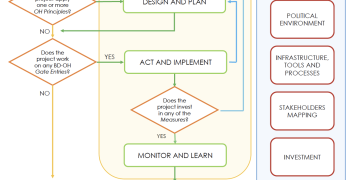Interdisciplinary research on thermal heritage
Strengthening public-private-people partnerships for local heritage
Developing a programme for interventions on historical buildings
Policy tools to improve local heritage management
Interpretation of the therapeutic cultural landscape of spa towns
